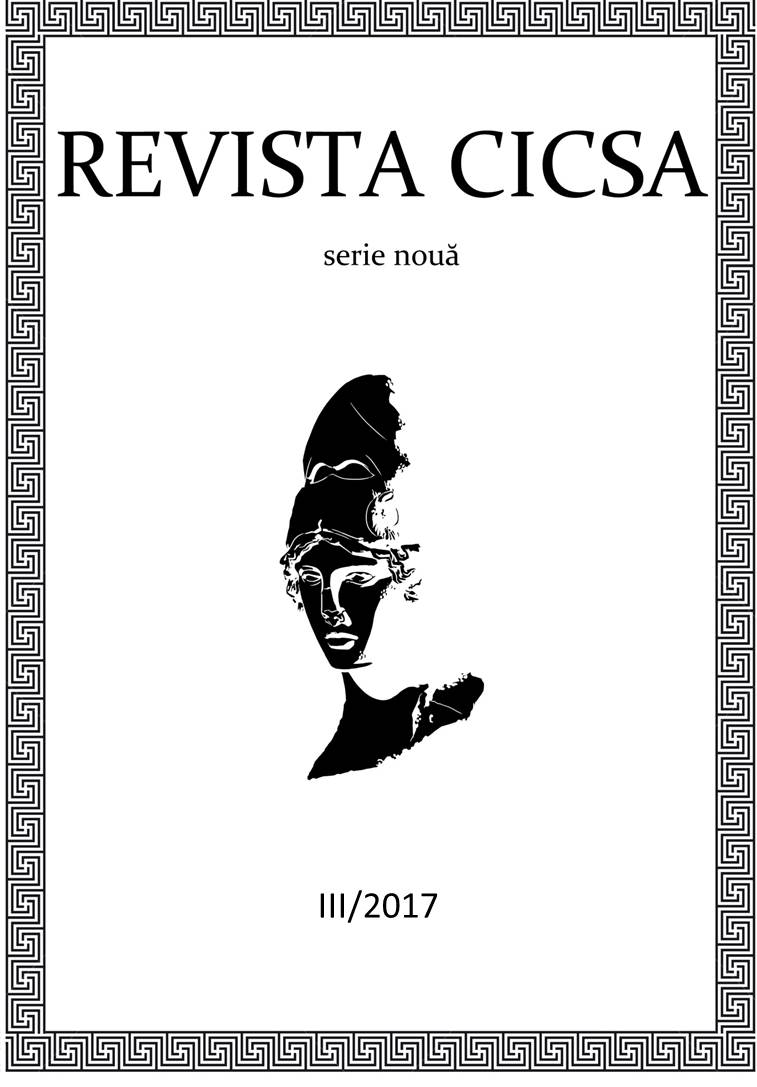Abuse or Reuse? Attitude of „Private Owners” Towards Public Space in Late Antiquity
Abuse or Reuse? Attitude of „Private Owners” Towards Public Space in Late Antiquity
Author(s): Ilie Marian TufaruSubject(s): Military history, Ancient World
Published by: Centrul de Istorie Comparată a Societăților Antice
Keywords: abuse; private property; spolia; legislation; Late Antiquity;
Summary/Abstract: The Romanian communist regime used the press and the new centralized and controlled media system as the main propaganda tool, both to manipulate information, and to shape the beliefs, mentalities and behaviours. In this complex and mix of ideological instruments, an interesting place is occupied by the caricature. The drawing was used as an easier form to manipulate and which, through its artistic appearance, touch the emotional sphere, so it was considered as being more effective by having a stronger effect than the written texts. One of the subjects of the caricatures in the 50's, the bureaucrat, occupies a distinct place, being seen as a necessary evil, which must be controlled. Although it is placed next to the other enemies of the regime and considered corrupt, the bureaucrat is acknowledged as part of the administration and there is a constant struggle to control and to adapt it to the requirements of the regime, by constant criticism. The study is centred on a qualitative analysis of caricatures published in the late 1940s and during the 50s in the ”Urzica” magazine and in the newspapers (”România Liberă” and ”Informația Bucureștiului”) used for propaganda.The Late Antique roman-byzantine society is a constantly changing world. A new political and military background also calls for economic, social and cultural changes. In such an instable world the abuse was inevitable. The existing historical research focused mainly on the abuses of public authorities and even on imperial abuses. This paper is a research on the abuse of private owners against the public property. Using archaeological and historical evidences there had been identified two kinds of abuses: invasion of the public property and the use of spolia. This paper is divided in two parts, analysing those two kinds of abuses. The main primary sources which the author used in this paper were the laws combined in the Theodosian Code and also in the Iustinian Code which showed us the perspective of state regarding the abuse of private owners who affected the integrity of the public domain. Studying them we came to the conclusion that the state failed to stop those abuses and ended up by accepting these behaviours. This new kind of attitude of individuals toward urban landscape may show us a new perspective of how the „city” is understood. The consequence of this new behaviour is dramatic for the image of urban landscape in Late Antiquity.
Journal: Revista CICSA online, Serie Nouă
- Issue Year: 2017
- Issue No: III
- Page Range: 27-39
- Page Count: 13
- Language: English

